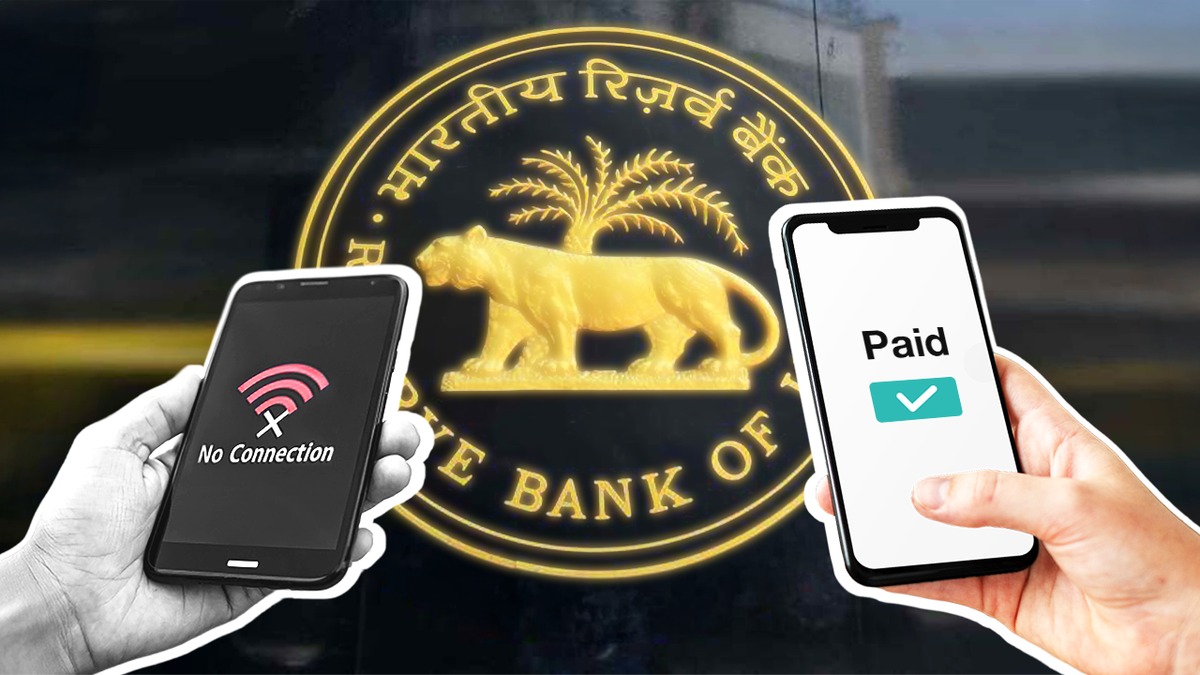The Reserve Bank Of India Has Launched An Offline Feature For Its Digital Rupee (e₹), Allowing Users To Make Payments Without Internet Or Mobile Network. Announced At The Global Fintech Fest 2025, This Innovation Aims To Bring Cash-Like Convenience To Remote And Underserved Areas Across India.
RBI Introduces Offline e₹ To Boost Financial Inclusion
In a landmark move to deepen digital financial access, the Reserve Bank of India has launched the Offline Digital Rupee (e₹), a feature that allows users to make payments without internet or mobile connectivity. The announcement was made during the Global Fintech Fest 2025 held in Mumbai, marking a major milestone in India’s Central Bank Digital Currency journey.
The offline e₹ is designed to replicate the convenience and anonymity of cash transactions while leveraging the security and traceability of digital currency. This initiative is especially targeted at rural and remote regions where internet access is limited or unreliable.
How The Offline e₹ Works
The offline e₹ enables peer-to-peer and merchant transactions through technologies like Near Field Communication, QR codes, and tap-to-pay mechanisms. Users can store digital currency on their mobile devices or smart cards and transact without needing real-time connectivity.
Key Highlights Of The New Feature
- Users can now send and receive digital rupees even in areas with no internet or mobile network
- The offline e₹ mimics the feel of physical cash, offering privacy and ease of use
- Payments can be made via QR codes, NFC-enabled devices, or tap-to-pay cards
- This feature is expected to benefit millions in rural and semi-urban areas
- Despite being offline, transactions are encrypted and synchronized once connectivity is restored
- RBI plans to expand the pilot program to more cities and user segments in the coming months
What This Means For India’s Digital Economy
The offline e₹ is a strategic step toward building a resilient and inclusive digital payment ecosystem. It bridges the digital divide, empowers users without smartphones or stable internet, and aligns with India’s broader vision of a cash-lite economy.
Sources: Business Standard, NDTV Profit, ABP Live

